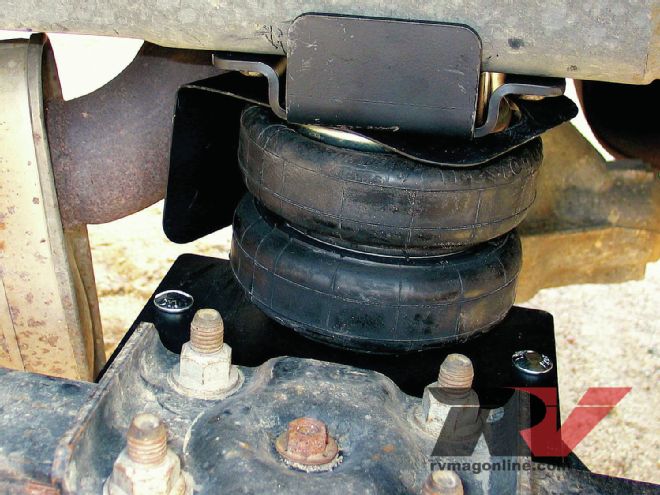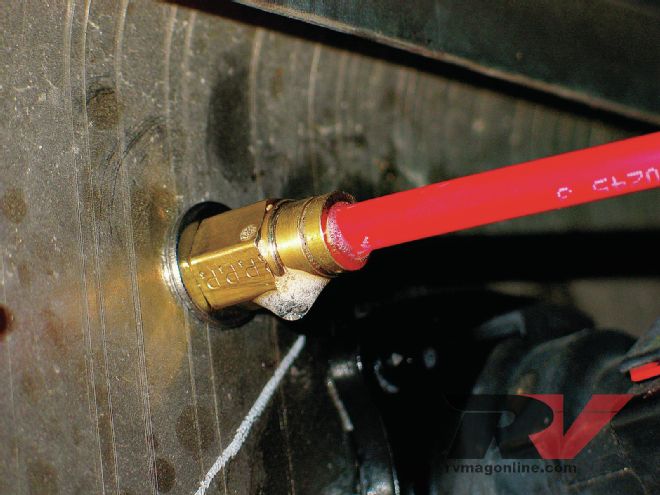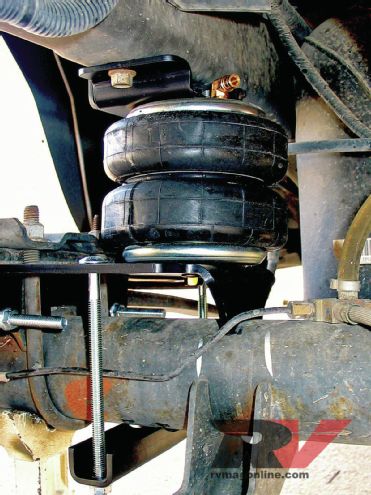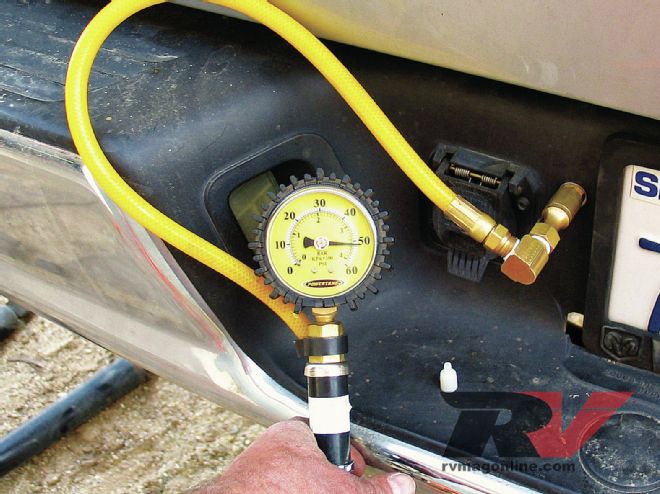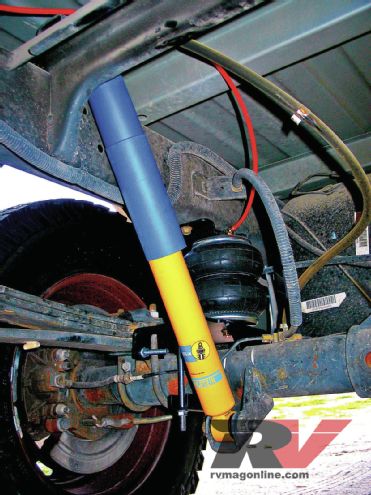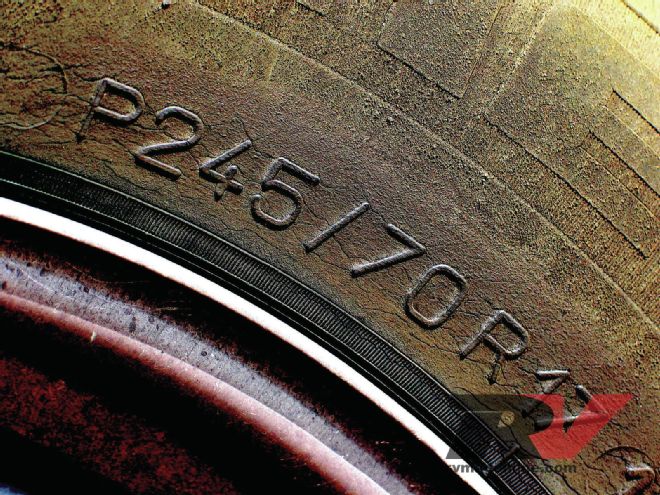After you learn that some 3/4- or 1-ton diesel trucks can cost as much an average U.S. residential condominium, smaller half-ton trucks start to look very appealing—especially if you are in the market for an in-bed camper.
The problem is unlike many of the 3/4- and 1-ton trucks on the market, most half-tons are not equipped to handle the bulkiness of a full-size camper. None of the current or even older half-ton pickups can safely haul a 1,000- to 2,000-pound payload in the bed. Fortunately, there are plenty of aftermarket companies that offer products that can help you get to your destination safely.
What we discovered is most of the products are bolt-on ready. In fact, we were able to transform a squishy 2004 Ram 1500 half-ton truck into a true camper hauler with only a few hours work in the driveway using common hand tools and some key components.

| Unlike many of the 3/4- and 1-ton trucks on the market, most half-tons are equipped to handle the bulkiness of a full-size camper.
Starting with Tires
Many half-ton trucks come stock with passenger car tires. They should never be used to haul heavy loads such as a bed-mounted camper. Passenger car tires can be identified by the “P” at the beginning of the size identification mark on the tires’ sidewalls.
Even inflated to the 35-psi maximum, our P245/70R17 tires bulged significantly under the weight of an empty truck. The 1/2-ton was unstable when any kind of heavy load was placed in the bed and so that was a red-flag for sure. You’ll want to upgrade to light-duty truck tires, which can be identified by the “LT” on the sidewall.
For this project, we upgraded to BFGoodrich T/A All-Terrain KO tires (LT245/75R17), because the aggressive tread is a bonus if you plan to drive through snow and dirt. Plus the BFGoodrich All-Terrains have an incredibly durable sidewall and carcass that helps prevent flats on- and off-road.

| With the factory shocks removed, we bolted the Bilstein shocks in place. On trucks with A-arm type suspensions, like our two-wheel-drive Ram, we supported the frame with jackstands and then supported the lower A-arm before we removed and replaced the shocks.
Tackling the Suspension
Even though the camper sits in the bed, the front suspension gets a real workout. Typical factory half-ton front shocks are not designed to control that kind of load. In fact, most stock shocks begin to fade after fewer than 30,000 miles. At the very least you’ll want to upgrade to gas-charged shocks.
In some cases you may also want to consider a stiffer anti-sway bar, depending on your truck and driving style. We opted for the Bilstein B6 heavy-duty light truck shocks for the front of our truck. The Bilstein gas-charged mono-tube performance shocks helped to dampen the added load and controlled sway (side to side movement). We are certain the increased performance will be a welcomed improvement both loaded and unloaded. Bilstein offers the B6 shocks for many different truck and motorhome applications.
Rear Suspension
Most modern-day half-ton trucks are rated to tow from 6,000 to 10,000 pounds, so actually pulling the extra weight of a 2,000-pound bed-mounted camper is hardly a big deal. However, the factory rear suspension of every half-ton truck was designed with a compromise between empty-bed ride-comfort and load-carrying capacity, more so than on 3/4- and 1-ton trucks. And for that reason you’ll need to do a little more work to your half-ton’s rear suspension to help support and control the increased load. That’s where air springs come into the picture.
We settled on Firestone’s Ride-Rite air springs that can support up to an additional 3,200 to 5,000 pounds at max pressure. You can adjust the pressure from 5 to100 psi to tune the ride and load capacity for your needs. Many of the Firestone Ride-Rite kits are bolt-on ready, too. To complete the rear suspension we outfitted the truck’s rear suspension with a pair of heavy-duty Bilstein B6 shocks to further stabilize the weight.
Obviously, we’ve only scratched the surface of what can done to improve the payload carrying capacity of half-ton trucks, and in future issues, we’ll highlight other improvements that are designed specifically to handle the abuse of in-bed campers.

| On most half-ton trucks you can upsize slightly from the factory tires if you choose to. Our BFGoodrich 245/75R17 tires (right) were about an inch taller than the factory 245/70R17 tires.
